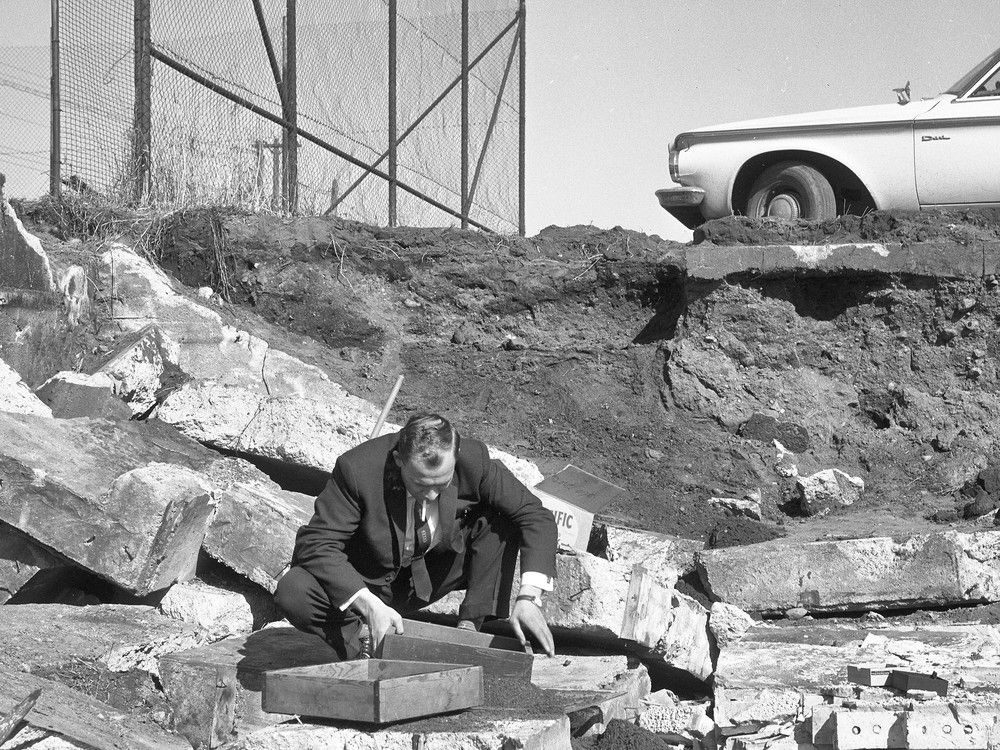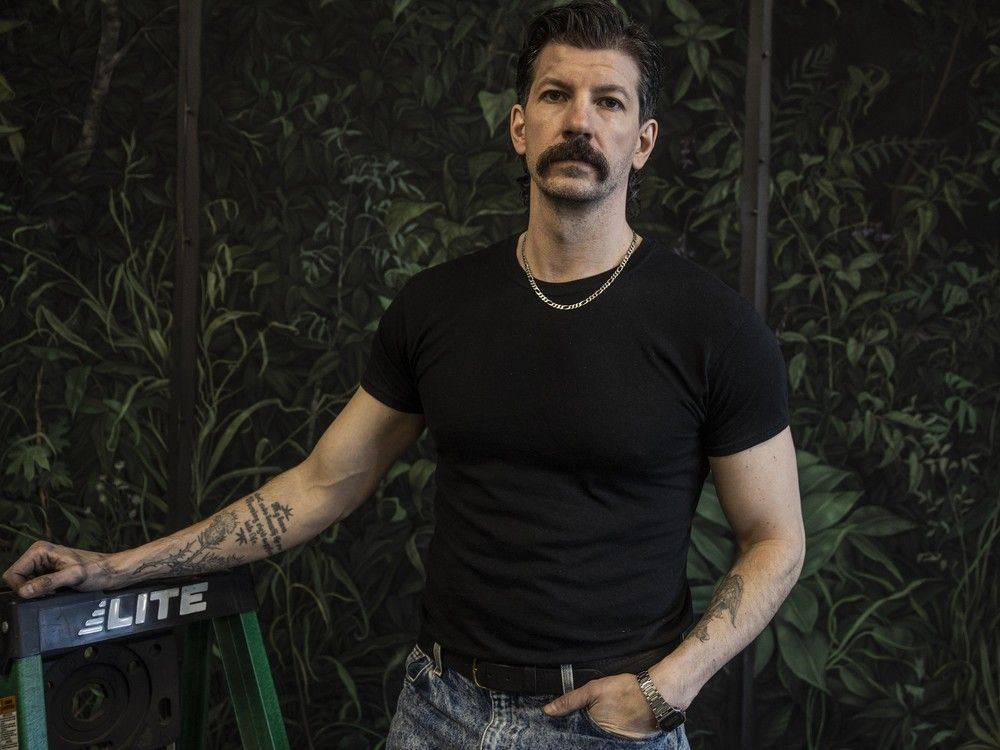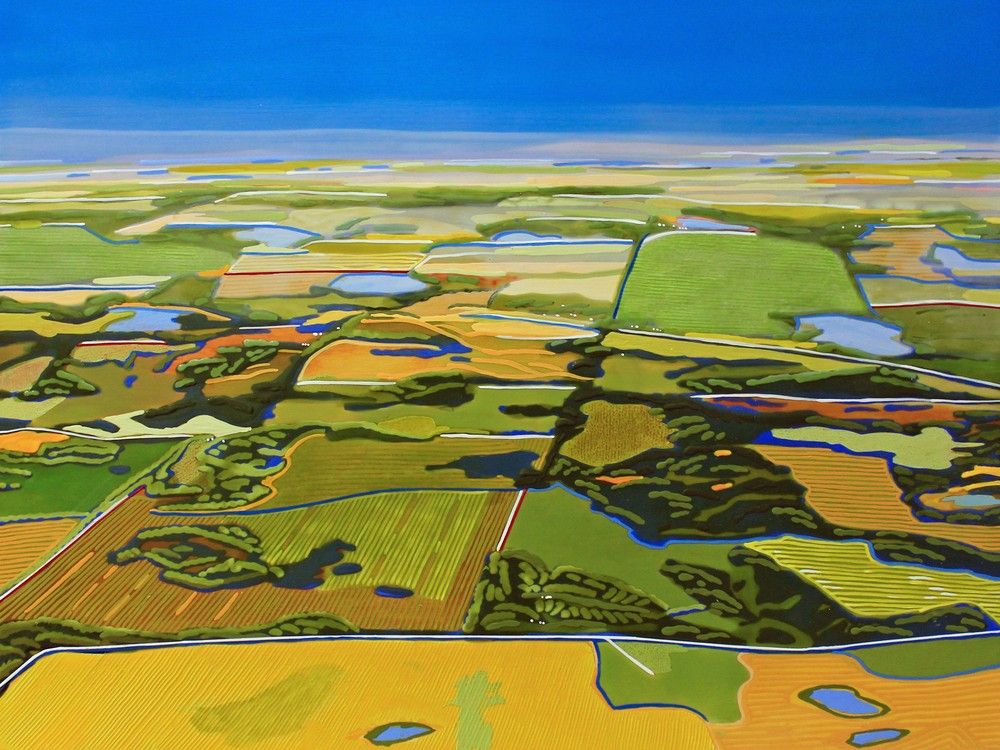
As the federal election race starts to heat up, so too are the inevitable accusations of pandering, misinformation and media bias taking place across the country. So it’s important to remember that journalists, as much as we claim to aspire to it, can never be truly objective. We are all products of our environment and bring with us perspectives and views that shape the coverage you read.
In keeping with that, we have listed the media Crikey staff consume before we try to bring you the news on the federal election. Late last year, we asked similar questions of a number of the industry’s biggest hitters in our Movers and Shakers series . Sophie Black | Editor-in-chief My morning routine usually involves tuning into AM and RN breakfast, a look at the ABC homepage, a sweep of all the major mastheads, dipping across socials, checking the Post morning mail, The Squiz and of course Crikey’s Worm .

But in election mode, that means combing the state-based papers a bit more closely for a granular sense of how it’s all playing out ( The Mercury, Courier Mail, Canberra Times, Daily Tele , etc). Of course, it’s not just about keeping track of the local campaign trail on a daily basis anymore. The New York Times and The Washington Post have to be in the early morning diet to see what we’re in for and how that could shape the race back here — the newsletters are my go-to, as are Semafor , Vox , New Yorker Daily , the Atlantic and 404 .
Wired is a must-read. It’s also about keeping track of the power brokers and the money. I’m listening to Guardian Australia’s Gina podcast at the moment.
For weekend reads, The Monthly currently boasts a cover story by George Megalogenis, which I’m jealous of. During the campaign, Insiders gives a good snapshot of the week, plus, along with all the general papers, picking through the entire print version of The Australian is always fruitful. Bernard Keane | Politics editor After getting up, I read Rich’s Worm , the AFR , the SMH , the ABC , then scan the US press.
I pay particular attention to Phil Coorey, the best and best-informed journalist in the press gallery (anyone who has a problem with Phil’s work wants cheerleading and propaganda, not journalism). My friend Michael Pascoe is a must-read on any subject, as are Laura Tingle and Ross Gittins, but the latter two I think are baked into the diet of anyone who takes public affairs seriously. I haven’t really looked at Guardian Australia since the excellent Karen Middleton left, except to keep an eye/ear on whatever Nour Haydar is doing.
And on economics, I’ll always read whatever Richard Holden and Steven Hamilton write in the AFR , even if I’m violently disagreeing with them. Alisha Rouse | Editor Like anyone interested in the federal election, my media diet is all over the place at the moment. I listen to the ABC’s revamped Politics Now podcast first thing when I wake up (tip: invest in a wireless shower speaker), and, of course, read Crikey’s Worm for a thorough summary of events before going through all the major Australian publications.
The legacy mastheads, particularly The Australian , give me a decisive insight into how its proprietor is feeling on any given day — which tends to inform certain party leaders — while I look to The Age and The AFR for broad-sweeping analysis on the major talking points. I make sure I don’t miss anything written by my former news.com.
au colleague Samantha Maiden — she’s always on the Canberra pulse and breaks the yarns no-one else can. Overseas, Susan Glasser’s Dispatches from Trump’s Washington in The New Yorker are a must-read insight into WTF our friends over the Pacific are up to, equally The Rest is Politics: US makes a great companion on the walk to the Crikey office. Katty Kay and the Mooch have a great rapport and unmatched access.
Jack Callil | Deputy editor Working at Crikey means a pretty steady diet of political morsels. My usual routine waking up is reading the comprehensive morning Worm wrap, written by Rich James. I then also always check The Saturday Paper’s Post and the AAP round-up.
I then check my Feedly account that I use to track if there have been any interesting FOI disclosures or reports released from relevant organisations to Crikey’s work. I then browse the Australian news outlets: The Age , The SMH, the ABC, the AFR , Guardian Australia , The National Indigenous Times , The Australian , news.com.
au , Capital Brief , SBS. Then I glean what I can from international outlets, mainly The New York Times , Axios , Al Jazeera , Politico , Semafor , ProPublica , Financial Times and the Nieman Lab , among others. Most recently I’ve really enjoyed how Wired and 404 Media have intersected with politics.
I enjoy listening to the Ezra Klein Show . Around that, I dip into stuff from independent outlets like Michael West Media and Pearls and Irritations , and read newsletters from writers such as Rick Morton, Amy McQuire, Alex McKinnon, Tim Burrowes. I also really have loved Inside Story recently.
Charlie Lewis | Tips and Murmurs editor Without wishing to polish the masthead too much, Crikey’s Worm is invariably among the first things I’ll read every morning; amid the bombardment of the news cycle, particularly during an election campaign, it’s an extremely helpful primer on the day’s big stories locally and internationally. I’ll often check into Schwartz’s morning newsletter Post for similar reasons. Apart from the obvious scan of the majors (Nine papers, AFR , The Australian , ABC News) I’ll check in with my Tips and Murmurs siblings: Rear Window, CBD et al.
I think InnovationAus and the Tasmanian Inquirer do excellent work and deserve a great deal more attention than they often get. As I write about the US a lot, I’ll also check out The Washington Post , The New York Times , The Daily Beast and Ryan Broderick’s witty, exasperated and insightful Garbage Day newsletter. When I have a moment to look at longer work, I’ll generally go to Inside Story , Meanjin , London Review of Books , The New Yorker or The Monthly .
Anton Nilsson | Politics reporter Every morning, I check the Sydney Morning Herald and The Age , The Australian , Guardian Australia and various local papers around the country, print editions included. Crikey’s Worm newsletter is a must-read as well. I always follow the Associated Press for international news.
Crystal Andrews | Readers’ editor I always start by reading the Worm , as all the smartest and most beautiful people do. Then a skim of online news sites to give me a flavour of the day’s first headlines and how different outlets are approaching them: ABC online, both the national and Tasmania sections; Guardian Australia and The Sydney Morning Herald . Next, a morning scroll of TikTok, Instagram, Bluesky and Twitter to see what news stories are trending and how audiences are reacting to what they’re seeing.
I don’t bother with checking international news sites like the NYT in the morning anymore — if the story is relevant to Australians, it’ll find me on these feeds. After the Crikey morning editorial meeting, I’ll usually listen to the 7am podcast. Cam Wilson | Associate editor I listen to ABC Radio headlines in the morning and scan the major mastheads for news.
I have a bunch of Google Alerts set up for Australian-related tech keywords, so I get a bit through there. And I subscribe to a whole bunch of ministers, departments and government departments through RSS — some of which I’ve had to manually make myself — to keep across what they’re doing straight from the source..















